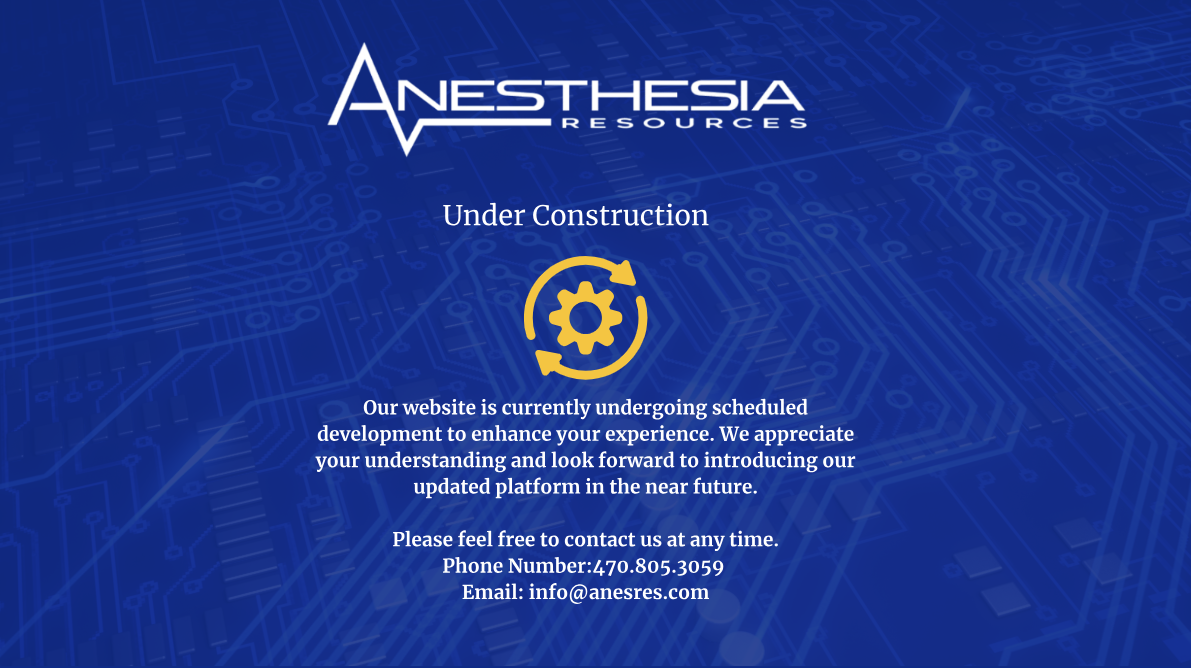Medicare Changes Rules on Credentialing and Retro-billing
Effective April 1, 2009, practices can only retro-bill for Medicare patients seen 30 days prior to the date the credentialing form was filed. The implications are:
- New physicians need to be credentialed prior to treating patients. This requirement should be part of the pre-employment checklist. The old days of credentialing a provider after they arrive onsite is over.
- Marketing activity to introduce new physicians to the community and medical staff should be scheduled after the credentialing is completed. Sometimes this can be tricky, however the referring providers can become disenfranchised when a new provider is not ready to schedule any of their patients.
- One option is to elect to see patients at no charge, both to provide needed care, and to begin establishing their practice.
- Another option is to have new physicians spend time in the community meeting potential surgeons and other referral sources. New physicians can also spend time giving talks and going with colleagues to satellite clinic locations or volunteer clinics.
- New physicians who are not credentialed can treat self-pay patients immediately. Some practices assign the new physician to the on-call physician to assist with emergencies, which are usually a high volume of uninsured patients.
The CMS system called PECOS (Provider Enrollment, Chain and Ownership System) or PECOS Web is available for enrolling or changing individual or group information. In addition to the retro-billing component for new and re-enrolling physicians, doctors are also required to alert Medicare contractors of a change in practice location within 30 days, via the 855i form. Failure to do so may result in expulsion from eligibility to see and be paid for Medicare patients for up to two (2) years. This is a new safeguard added by CMS to combat fraud.
Providers can us the links below to access the PECOS system:
- You must have an active National Provider Identifier (NPI) and have a web user account (User ID/Password) established in NPPES (https://nppes.cms.hhs.gov/NPPES/) .
- If you are a health care provider and do not have an NPI, create a web user account and apply for an NPI at NPPES (https://nppes.cms.hhs.gov/NPPES/) .
The Office of Inspector General (OIG) has posted its work plan for FY 2010; What does it mean for Anesthesia Practices
The Office of Inspector General (OIG) has posted its work plan for FY 2010. Of particular interest to anesthesiologists and pain physicians, the work plan includes the following areas of focus:
1. The OIG will “review Medicare claims to determine the appropriateness of Medicare Part B payments for transforaminal epidural injections” (page 19).
2. The OIG also review the extent to which physicians reassign their Medicare benefits to other entities, as well as provider compliance with Medicare assignment rules (pages 17-18).
3. The OIG will review industry practices related to E&M billing during the global surgery period to see if industry practices have changed since the global surgery fee concept was developed in 1992 (page 15). The results of this review will be of interest, as anesthesiologists sometimes bill for E&M services pertaining to post-op pain services during the global surgery period.
4. The OIG will review physician claims for proper place-of-service coding (page 15).


